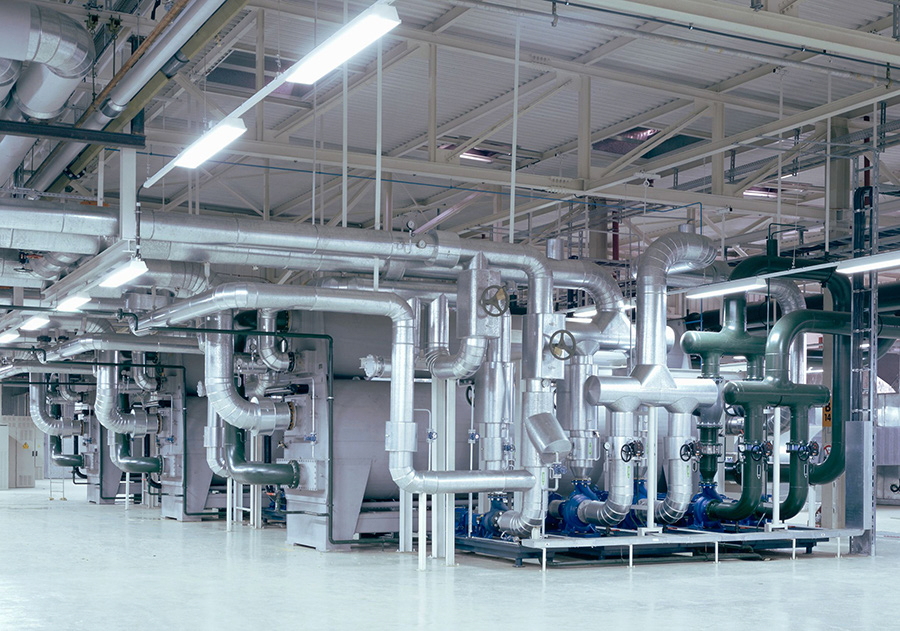Serious incidents can occur at industrial plants when inadequately isolated or de-pressurized piping systems or vessels are opened up for maintenance or cleaning. Hazards include chemicals, pressure, heat and cold, and the potential for a flammable or toxic atmosphere. Risks need to be mitigated for activities such as opening drained or undrained pipelines or equipment by disconnecting flanges, opening valves, breaking pipe joints, removing blanks or opening ports and penetrating a line by mechanical or other means. Workers can be seriously injured or killed if they fail to use correct first line break procedures.

Recommended Preventive Action
When opening any pipeline or vessel, always work defensively and take all of the following precautions:
- Perform a Job Hazard Analysis (JHA) before breaking into any hazardous substance pipeline or vessel. Those developing the JHA must include a person who understands the process and the hazards involved.
- Test safety showers in the area and have additional running water available at the break site.
- Barricade the area and maintain the barricade while the system is open.
- Follow lockout procedure to achieve a zero energy state. Flush or neutralize systems as required.
- Whenever conditions change from the original plan you must stop and reassess. Ensure drain valves are not passing, and check for heat, vibration and other evidence of live equipment.
- Plan to collect or control any residual liquid and know how to dispose of it correctly and safely.
- Obtain and wear the appropriate personal protective equipment (PPE) and ensure its condition is suitable for use.
- Work out of the line of fire. Use a spray screen if necessary. Break the flange (if applicable) away from your body by slackening the far side of the joint first.
- Beware of the sudden release of gases or liquids once the line is broken.
- Clean up spillage immediately.
Legislation
Subsection 9(2) of the OHS Act and sections 58 to 64, 239, 240 and 253 of General Regulation 91-191.


